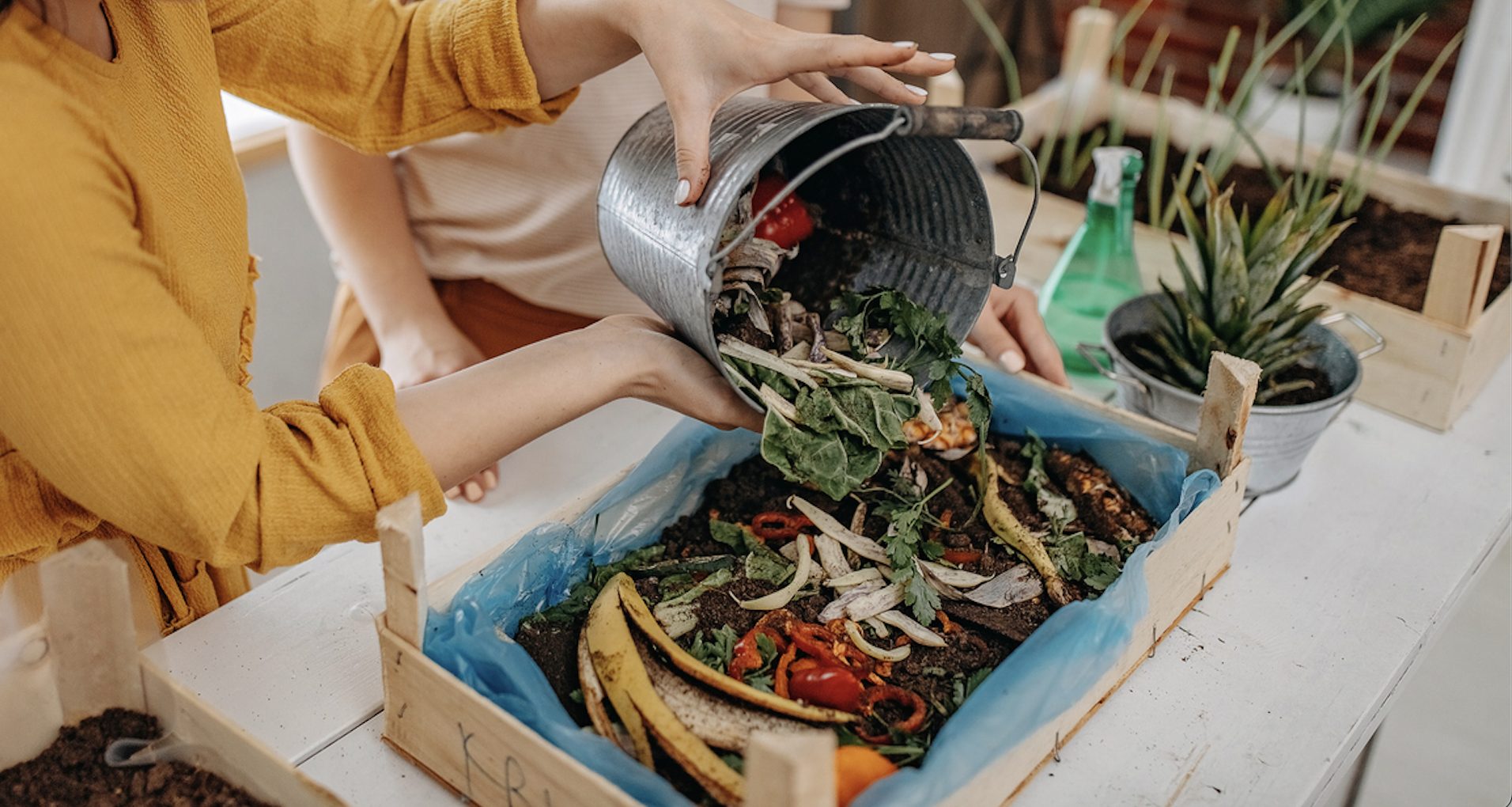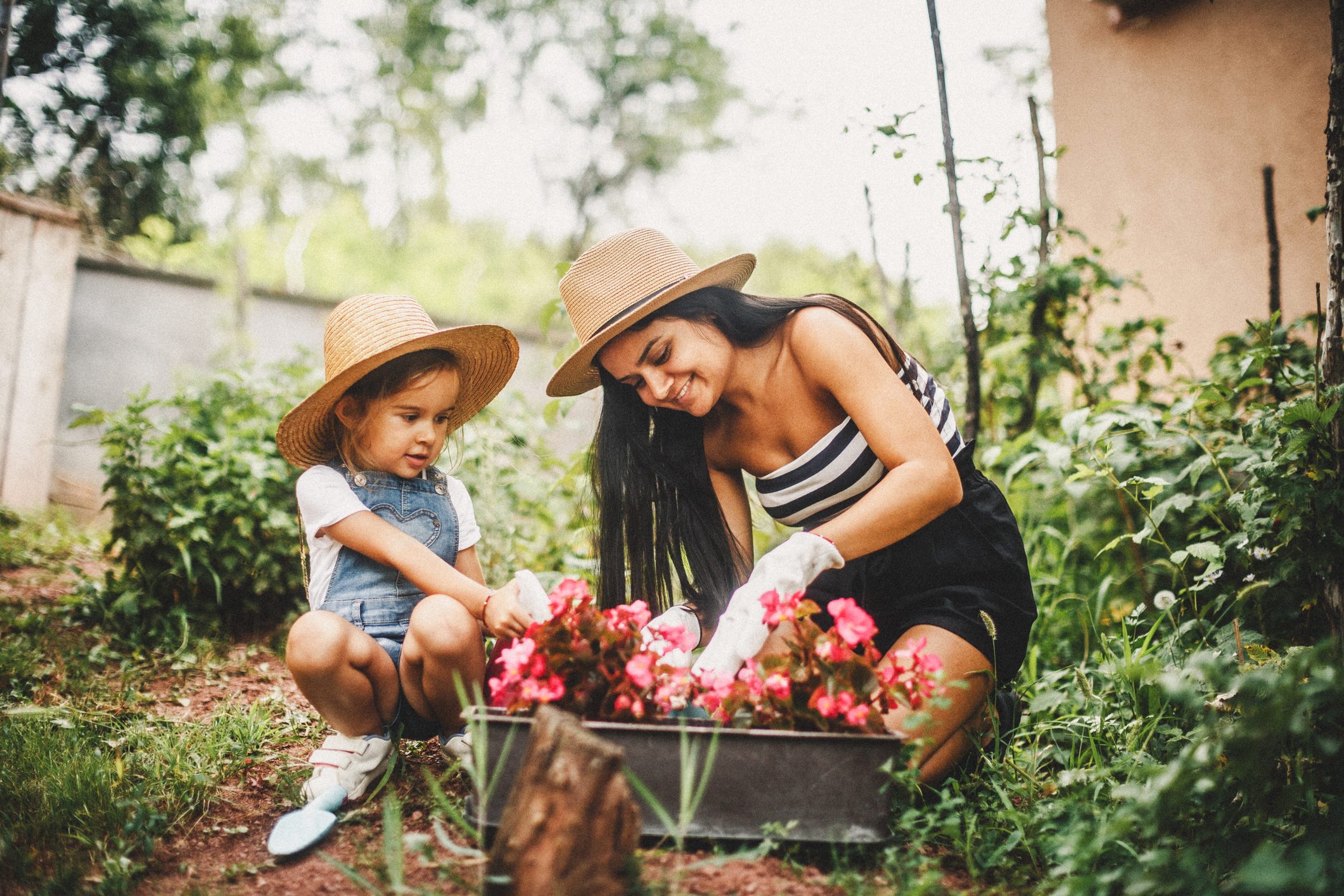7 Vegetables That You Can Get Fresh Out Of Your Garden By Using Kitchen Scraps!
There is no better way to eat veggies than fresh off the farm or even more excitingly, fresh out of your very own garden. However, you must know that growing plants is a delicate task that should be done following a unique process. But don't worry yourself too much, most don't even require anything over-the-top. If you especially eat common veggies and spices like potatoes and pepper, then you probably already have everything you need to start growing your own vegetables!
Most vegetable plants contain seeds or stalk that can easily plant which basically means that you can use mere scraps of food to plant a whole garden! Here are ten such foods:
1. Tomatoes
;)
Tomatoes contain seeds that you can easily separate to be planted in your own garden. It is best recommended that you use an organic heirloom tomato which means that its seeds have properties that are like the parent plant.
Experts recommend that starting out, tomatoes should first be planted in a greenhouse and then later transplanted outdoors.
In about three months, your plant should produce about 3 to 5 lbs of fruit.
2. Potatoes

Potatoes are a common food staple and they almost never seem to run out because they can be incorporated into meals in many ways. But did you know that you can plant just a quarter of a potato to produce many more?
Experts direct that to plant these, you must make sure the quarter you are going to use has two “eyes," which is simply the spot from which the sprouts grow out from.
New potatoes will be ready for harvest in about 2 -3 weeks after the plant has stopped flowering. If you'd prefer more mature potatoes, wait until 2 -3 weeks after the foliage has died away.
3. Peppers

Peppers are some of the most easiest crops to plant as long as you have soil that is in the right conditions i.e. fertile and compost-filled. A few seeds will do but experts most recommend that only one seed be planted so that it has more room to grow.
This is rather crucial as platinum g too many seeds at a time may stunt the growth of the plants. Also, outdoor growing is most recommended for peppers making them the perfect garden plant.
4. Watermelon

Believe it or not, you can grow this delicious fruit from mere scraps of food waste. Experts say that the seeds can be easily grown although the product may not be the exact replica of the parent plant.
Like tomatoes, watermelons must first be planted and allowed to grow in a nursery or greenhouse for a few weeks before a final transfer into the ground. A fully grown product should be available in 80 days.
5. Mint, Basil, and Cilantro

These three are frequently used to spice meals which makes them a basic staple in the kitchen. They are also good examples of plants that can be grown indoors and from a cutting of another plant.
Experts suggest that to plant any of these three, take a glass full of water, cover it with plastic wrap, and punch a hole into it. Then, take a trimming off a stem from a mint plant and stick it in the hole. It should grow roots in a few days (this takes longer for basil and cilantro).
At this point, you can transplant it into the ground.
6. Celery and Bok Choy

You can grow your own celery and Bok choy indoors, or a little outdoor space like a balcony.
To plant, cut off the base of a celery bundle and set it in a small saucer of water with the stalk rosette upwards. In a bit a week, you should start seeing the roots sprout.
For bok choy, the process is pretty much the same. When the roots have grown, transplant into soil.
7. Avocado

Plant your own avocado using the pit from one you have eaten. While the chances of it growing into a full plant is not overly certain, the plant will still make an aesthetic and lush greenery for your home.
To plant, wash the pit and place it in a jar of water. In the right conditions, this could produce fruits in a few years.
In conclusion, keep these few handy tips in mind before you start your garden:
- The produce from planting scraps is not necessarily going to be the exact same as that you consumed.
- Before planting, make sure the veggies are organic.
- Heirloom seeds which have close properties to its parents are the best to use. However, they are expensive.
Overall, try to enjoy the process of growing a plant more than just looking forward to seeing the product.
;Resize,width=767;)
;Resize,width=712;)
;Resize,width=712;)
;Resize,width=712;)
